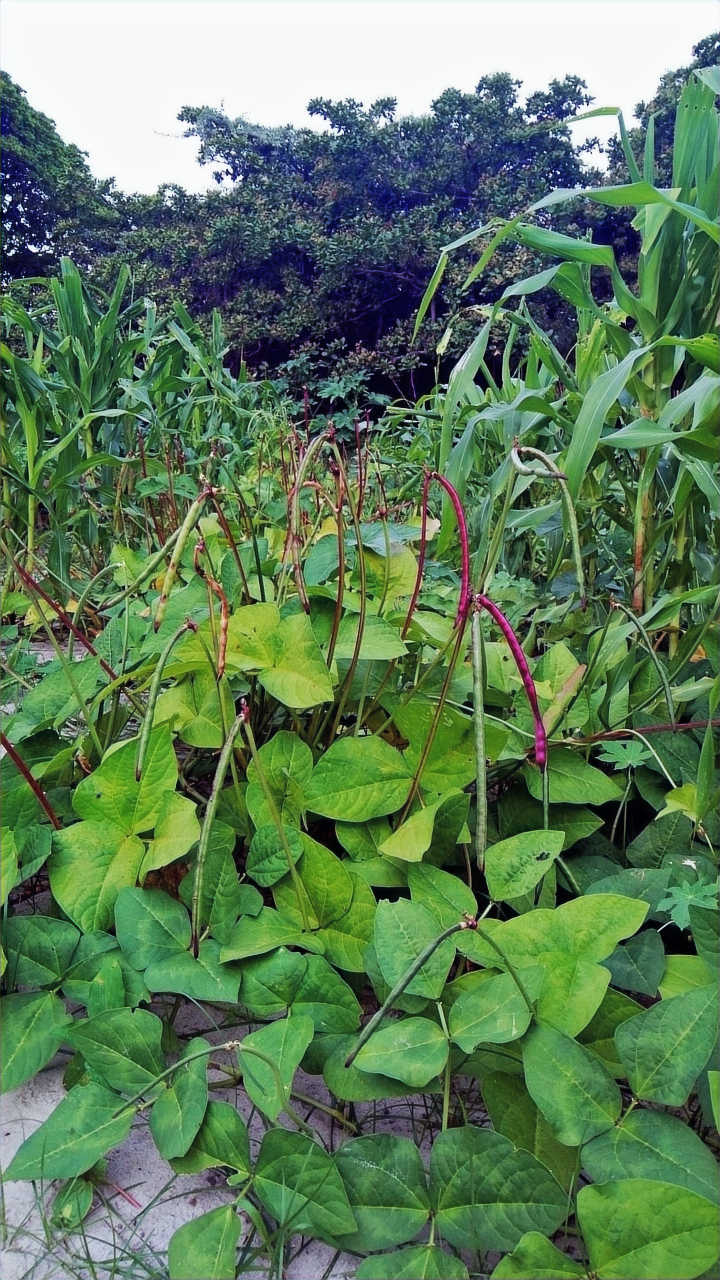Bark, Culture, and Climate: How Indigenous Knowledge in Buganda Weaves Art, Heritage, and Conservation
- Moraa Nyangorora

- 3 days ago
- 4 min read
Updated: 2 days ago
By N. Moraa Nyangorora
Artwork by Fred Mpanga painting on Tree Bark- A tradition of the Baganda Kingdom in Uganda
A tradition, older than colonial borders and modern factories, transforming nature into cloths that weave these beautiful artistic pieces, lives, and is vibrant in Uganda, Africa.
Long before weaving looms arrived, the Baganda were creating cloth.
The bark cloth making is a a deeply rooted tradition passed down lineages among the Ngonge clan in Buganda, whose hereditary craftsment known as Kaboggoza have preserved the skill for centuries.
This is just not a cultural relic, but a powerful expression of indigenous knowledge, climate resilience and intergenerational heritage , all packaged in hued textile.
The amazing artwork, is a demonstration of cultural preservation that is relevant to modern life. The cloth from the tree bark is also used by women during their menstrual cycle, as blankets, clothes and other fabrics.
This art culturally referred to as Olubugo, from the inner bark of the Mutuba tree (Ficus natalensis), continues to date albeit in small scale.
They harvest the inner bark of the Mutuba tree during the wet season expanding it to pliable sheets.
Mpanga one of the Baganda sons is keeping this skill alive displaying his beautiful paintings with bark of this tree as his canvas.
This cultural practice highlights the magnificence of nature that contributes to the protection and preservation of the Mutuba tree.
This ensures raw materials are readily available enhancing sustainability of this tradition, promoting environmental conservation.
This tradition of using the bark cloth is recognised by UNESCO and is listed as an Intangible Cultural Heritage of Humanity (originally proclaimed in 2005).
Environmental and Climate Significance
In addition to its many properties, the Mutuba tree a cultural resource, is significant ecologically.
Farmers in Uganda retain it in their farms and to help protect soil fertility. Its leaves that drop on the ground improve moisture retention and stabilises the soil.
By Michaelwild at English Wikipedia & Purves, M, CC BY-SA 3.0, https://commons.wikimedia.org/w/index.php?curid=15066825
Its presence in agro forestry systems (Coffee and banana plants) helps crops better survive dry spells and promotes resilient farming.
Photo by Bruttos courtesy Pixabay
The tree is also instrumental in carbon sequestration as demonstrated in the "Energy Gardens" initiative. UNFCCC
Under this project, households plant Ficus natalensis trees paired with energy-efficient cookstoves.
The trees provide shade, improve soil, and create biomass; as branches regrow, they supply sustainable firewood or fodder, reducing pressure on forests and lowering carbon emissions. UNFCCC
The traditional harvesting of bark for olubugo is done in a way that does not kill the tree. The outer bark is removed carefully, and the tree is wrapped or treated so it can heal and regenerate. mysite
By Joyce Nanjobe Kawooya joycenanjobekawooya@gmail.com - Own work, CC BY-SA 4.0, https://commons.wikimedia.org/w/index.php?curid=64116783
This means a single Mutuba can yield bark for decades.
Interestingly, the bark cloth itself has been studied for antimicrobial properties: traditional bark cloth made from Ficus natalensis showed strong inhibitory effects against MRSA, a dangerous drug-resistant bacterium. PubMed
This suggests that the material has not only cultural and environmental value, but potential health applications too.
Threats, Climate Risks, and Cultural Conservation
Despite its importance, both the Mutuba tree and the craft of bark cloth face significant pressures that include deforestation and exploitation.
The Mutuba is threatened in some areas by charcoal burning, brick-making, and the harvesting of wood for firewood — all more immediately profitable than making cloth. Monitor
There is also the threat of loss of indigenous Knowledge.
Mpanga confirms that the current generation is not as interested in gaining this skill which he says requires passion and interest, some of the tools, mallets, and specialised skills have few inheritors. Horizon Documentation
Mpanga says he stumbled by this skill while on some part time work at the University of Makerere.
A Professor in fine Art Musoke Yusuf, who was then, entering retirement experimented with bark art.
Prior to this experiment of painting on the bark tree, only printing on the bark was carried out. Prof Musoke guided Mpanga how to handle the bark tree, what paints to use, and how to use them.
Among the five that Professor Musoke trained Mpanga is the only one who expressed interest. Even though he proceeded to college and studied other subjects, he took up the skill upon graduating.
"I have been painting for the last 23 years on tree bark canvas. This skill has been around from the 1300s. I use both powder water based paints (mixed with wood glue) and acrylics.
Fred Mpanga
While agroforestry helps, climate change still poses risks. Increased drought, erratic rain patterns, or tree diseases could stress Mutuba populations, reducing their capacity to regenerate bark and sustain local economies.
Yet, the very practice of cultivating Mutuba trees for bark cloth offers a climate-positive model: it encourages the planting of indigenous trees, supports soil health, reduces deforestation pressure, and keeps alive a craft that embodies local identity.
_150x.png)

























Comments